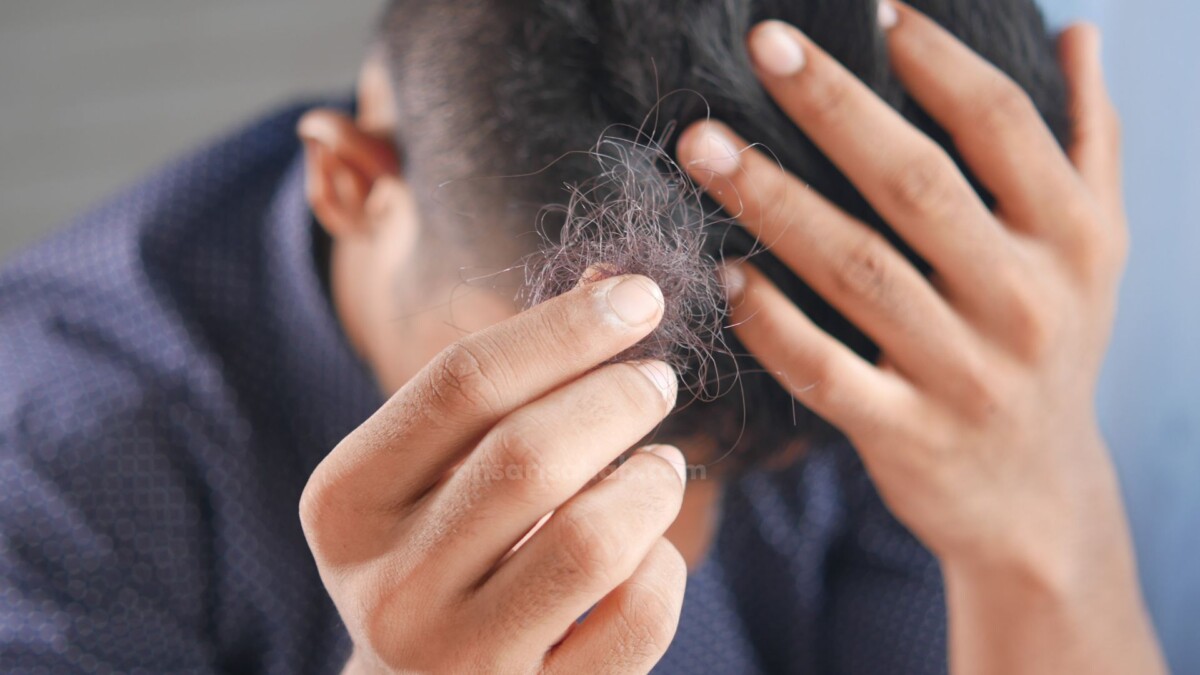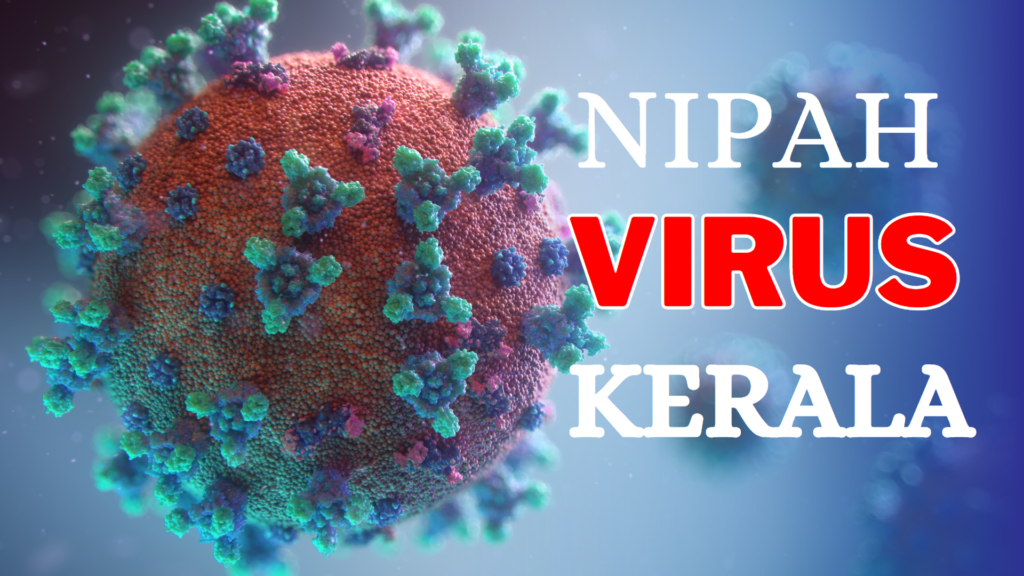
Hair fall is a common issue that affects individuals of all ages, but it can be particularly distressing for young adults. Excessive hair loss can impact self-esteem and confidence, making it essential to find effective and lasting solutions. In this comprehensive guide, we’ll delve into the underlying causes of hair fall in young adults and provide a step-by-step approach to address the problem. By the end of this blog, you’ll have the knowledge and tools to bid farewell to hair fall and embrace a healthier head of hair.
Understanding Hair Fall in Young Adults
Hair loss in young adults can be attributed to various factors, including genetic predisposition, poor nutrition, hormonal imbalances, stress, and inadequate hair care practices.
- Genetic Predisposition: Hair loss can be hereditary, running in families. If you have a family history of hair loss, you are more likely to experience it yourself.
- Poor Nutrition: A balanced diet rich in essential nutrients like vitamins (A, C, E), minerals (iron, zinc), and proteins is crucial for healthy hair. Young adults often neglect their dietary habits, leading to hair fall.
- Hormonal Imbalances: Hormonal fluctuations, such as those experienced during puberty or due to conditions like polycystic ovary syndrome (PCOS), can trigger hair fall. Addressing underlying hormonal issues is essential.
- Stress and Lifestyle: The modern lifestyle can be fast-paced and stressful, affecting overall health, including hair health. Stress management through relaxation techniques and a balanced routine is key.
- Hair Care Practices: Inappropriate hair care practices, such as excessive heat styling, tight hairstyles, and harsh chemical treatments, can contribute to hair fall. Opting for gentler hair care methods is crucial.
Effective Strategies for Preventing Hair Fall
Preventing hair fall in young adults involves adopting a holistic approach that addresses both internal and external factors. Here are the key strategies:
- Balanced Diet: Encourage young adults to consume a well-rounded diet rich in fruits, vegetables, lean proteins, and whole grains. These foods provide the necessary vitamins, minerals, and proteins for healthy hair growth.
- Hydration: Drinking an adequate amount of water is essential for overall health, including hair health. Staying hydrated can help combat hair fall.
- Hair Care Routine: Promote the use of mild, sulfate-free shampoos and conditioners suitable for their hair type. Excessive heat styling and tight hairstyles should be avoided to minimize damage.
- Stress Management: Teach stress-reduction techniques such as meditation, yoga, and regular exercise. Reducing stress can have a positive impact on hair health.
- Consult a Specialist: If hair fall persists, it’s advisable to consult a dermatologist or a trichologist. They can provide personalized recommendations and treatments tailored to the individual’s needs.
Permanent Solutions for Hair Fall
For young adults experiencing severe hair loss, permanent solutions may be necessary. These options can provide lasting results:
- Hair Transplant: Hair transplantation is a surgical procedure that involves transplanting hair follicles from one part of the scalp to another. Follicular Unit Extraction (FUE) and Follicular Unit Transplantation (FUT) are common methods.
- PRP Therapy: Platelet-Rich Plasma (PRP) therapy is a non-invasive procedure that uses the patient’s blood to stimulate hair growth. It can be effective in regenerating hair follicles.
- Medications: Prescription medications, such as minoxidil and finasteride, can help slow down or stop hair loss. These should be used under a doctor’s guidance.
- Laser Therapy: Low-level laser therapy (LLLT) devices, like laser combs or helmets, can stimulate hair growth and improve hair density.
- Lifestyle Changes: Promote long-term lifestyle adjustments, including a balanced diet, stress management, and healthy hair care practices, to ensure sustainable results.
Read Also: A Simple Guide to Removing Acne or Pimples at Home
Maintaining Hair Health for Life
Maintaining healthy hair throughout life requires consistent effort and care. Here are some important steps to ensure long-term hair health:
- Regular Check-ups: Encourage young adults to maintain regular check-ups with dermatologists or trichologists to monitor their hair health and adjust their routines as needed.
- Continued Nutrition: Stress the importance of ongoing healthy eating habits, as these are crucial for maintaining hair health throughout life.
- Sustainable Hair Care: Promote the use of gentle hair care practices and products to ensure the long-term health of the hair.
- Stress Management: Continue to emphasize stress management techniques to prevent hair fall and maintain overall well-being.
- Self-Esteem and Confidence: Encourage positive self-esteem and body image, as a healthy self-perception can be a powerful factor in maintaining hair health and overall well-being.
Conclusion
Hair fall in young adults can be a distressing problem, but with the right knowledge and actions, it’s possible to address and even prevent it. By focusing on a balanced diet, stress management, appropriate hair care, and, when necessary, seeking professional help, young adults can bid farewell to hair fall and maintain a healthy head of hair throughout their lives. Remember that hair health is an essential aspect of overall well-being, and with the strategies outlined in this guide, you can take control of your hair’s future.








